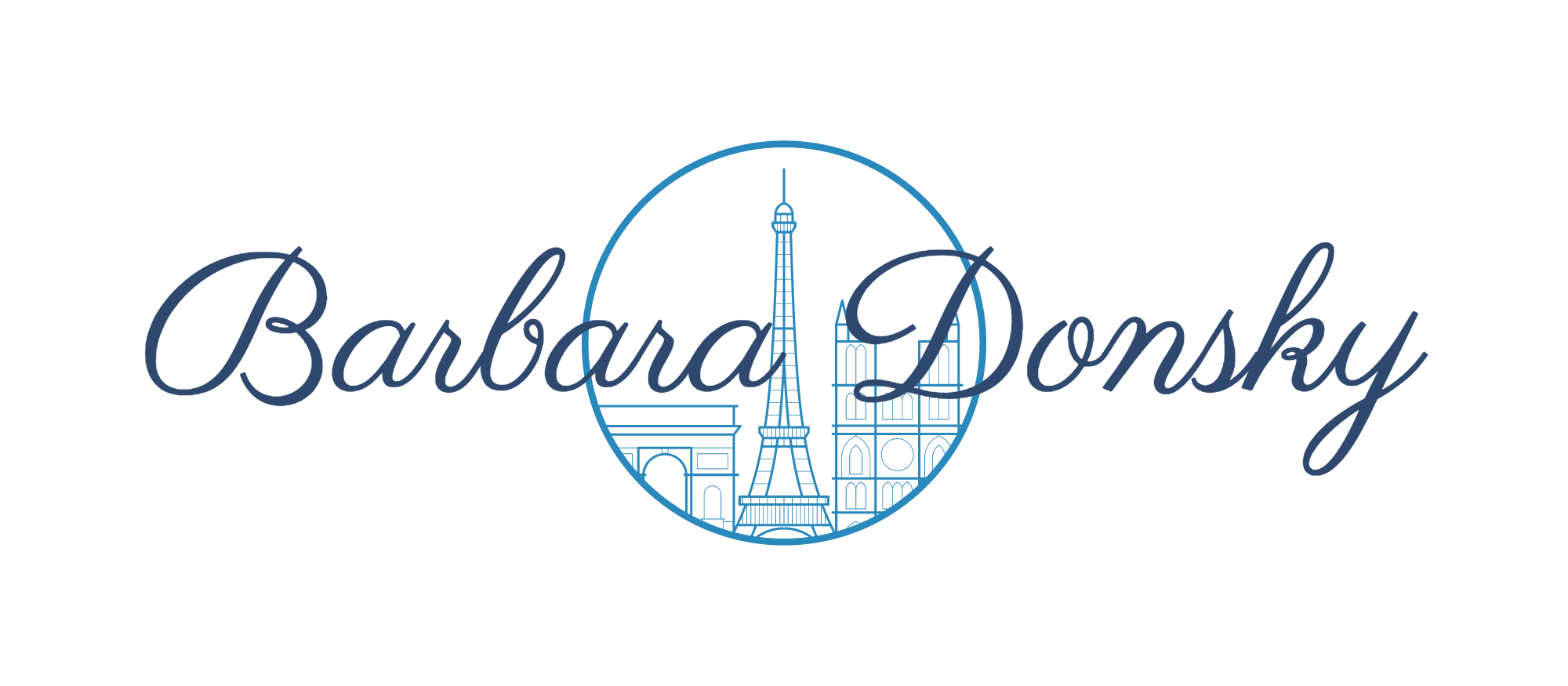Woody Allen at the Museum of Fairground Arts
Of the thirty-plus locations that Woody Allen used in the film "Midnight in Paris," there was one I didn't recognize, a part of Paris I had never seen. Do you remember in the film when Gil goes to the 1920s party and meets Adrianna in a room with a carousel? The whole idea was so enchanting, but where could it be?
 Going on-line, I discovered Le Musee des Arts Forains, the Museum of Fairground Arts. Quickly, I added it to a list of places to visit the next time I saw Paris. After all, if it was good enough for Woody, it was good enough for me.
Going on-line, I discovered Le Musee des Arts Forains, the Museum of Fairground Arts. Quickly, I added it to a list of places to visit the next time I saw Paris. After all, if it was good enough for Woody, it was good enough for me.
That day arrived in June. Planning ahead, knowing that gaining entrance to the museum is highly restricted, I had called the concierge at my hotel from New York, and he managed to get us folded into a group of 14 at eleven o'clock on a Saturday morning. We took a taxi, and found it a pleasure driving the streets of Paris, all the way out to the 12th arrondissement, the roads delightfully free of traffic.
 Even the taxi driver, a woman who had never been to the museum, was enjoying herself immensely, chatting up quite a storm, all the while assuming I understood far more French than I do.
Even the taxi driver, a woman who had never been to the museum, was enjoying herself immensely, chatting up quite a storm, all the while assuming I understood far more French than I do.
Madame, Voila! La bas, s'il vous plait!
The museum is housed within Les Pavillons de Bercy. Bercy was originally a village on the outskirts of Paris, an area where artifacts -- pirogues and bows -- show it has been inhabited for 6500 years.
And the pavilions, once a collection of wine cellars, are now home to the Museum of Fairground Arts-- the largest private collection of games, artifacts and carousels that had been used on the fairgrounds throughout Europe. 'Acceuil' read the sign, and what a good welcome it was.
Once inside, we discovered, among other things, a carousel equipped with old-time bicycles requiring a measure of pedal-power to make it go around. So, all fourteen of us -- young and old, nearly all French-speaking -- hopped on board and pedaled away, having a whale of a time.
Then there was the steeplechase game where you had to toss a ball into a hole to earn a certain number of points; the more points, the faster your horse moved across the field. My companion, an aficionado of horse-racing and the biggest kid of all, won the prize.
 There was so much to see, so much to learn, that you can only see a small portion of the collection at any one time, as the collection rotates.
There was so much to see, so much to learn, that you can only see a small portion of the collection at any one time, as the collection rotates.
But that day, we learned, among other things, how to distinguish a German from a French wooden carousel horse: If the horse has a wooden tail it's French; if it has a real ponytail, it's German. Also, French horses have straight ears, whereas German horses have ears aiming forward. Can you make out the horse to the left? Is it French or German?
Trivia, I know, but fun facts can whet the appetite and stir the synapses. When all was said and done, young and old were grateful to the owner, Monsieur Favand, for having opened this one-of-a-kind museum to the public. It's a treasure, worth the trip. So, give yourself a treat and do what Woody and I did: Go!





